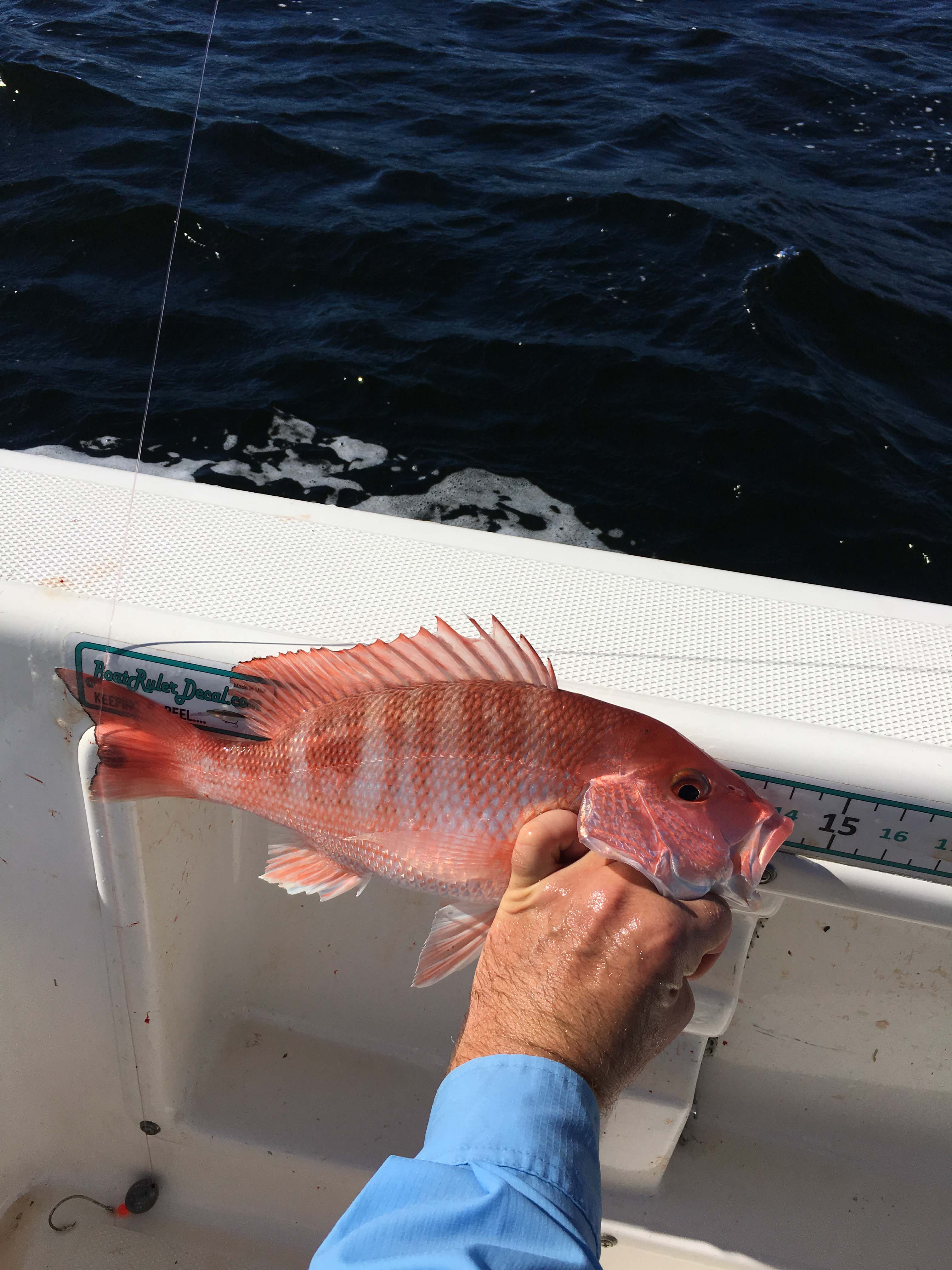Data from recreational anglers, like you, could help improve how recreational fisheries are managed. Here’s how:
Information on Released Fish
Knowing what happens to fish upon release is important, especially in fisheries where there are more fish being released than kept. Some fish may not survive because they were foul hooked, eaten by a predator upon release, or suffer from barotrauma (inflation of organs and other injuries from expanded gases that results when a fish is rapidly reeled to the surface from deep water).
The size of the fish, how the fish was handled, the depth where it was caught, the type of hook used, and air and water temperature can affect whether a fish survives after being caught and released.
Reporting this information through MyFishCount helps fishery managers better understand why and how many fish die after being released. Look at the “Best Practices” section for information and tips to help you improve the chances your fish will survive to be caught again!
Photos to help verify length and species
Please let us see what you caught! If you are like most anglers, you have your camera or smartphone out and ready to get a snapshot of that beautiful fish. Uploading your photos on MyFishCount allows us to confirm what species you caught and how long the fish was. If you aren’t sure what kind of fish you caught, a scientist can identify the species for you after you submit your trip. See the “Reporting Tips” section for help you become a reporting pro!
Fish can become very stressed while out of the water, so please be quick when taking a photo. and try to minimize handling time. In some instances, it may be better to return the fish to the water as soon as possible and log your catch without a photo.

If You Were Unable to Fish
We still want to know if you intended to go fishing but couldn’t. When a fishery is only open for a short time (like red snapper), it is helpful for fishery managers to know if anglers were able to fish during the opening. With MyFishCount you can report if you were unable to fish and the reason why.
The Depth That You Were Fishing
The likelihood a fish will die after it is released is called release mortality or discard mortality. Depth information can be used to improve estimates of release mortality. Fish caught in deep water are more likely to suffer from barotrauma (inflation of organs and other injuries from expanded gases that results when a fish is rapidly reeled to the surface from deep water). Studies have shown that the deeper you catch a fish, the less likely that fish is to survive after release. To see what you can do to improve its chances of survival and for more information on barotrauma, visit the “Best Practices” section.
